Formation of 23 new provincial administrative units
On behalf of the Government reporting on the arrangement of provincial-level administrative units in 2025, Minister of Home Affairs Pham Thi Thanh Tra clearly stated the plan for arranging provincial-level administrative units.
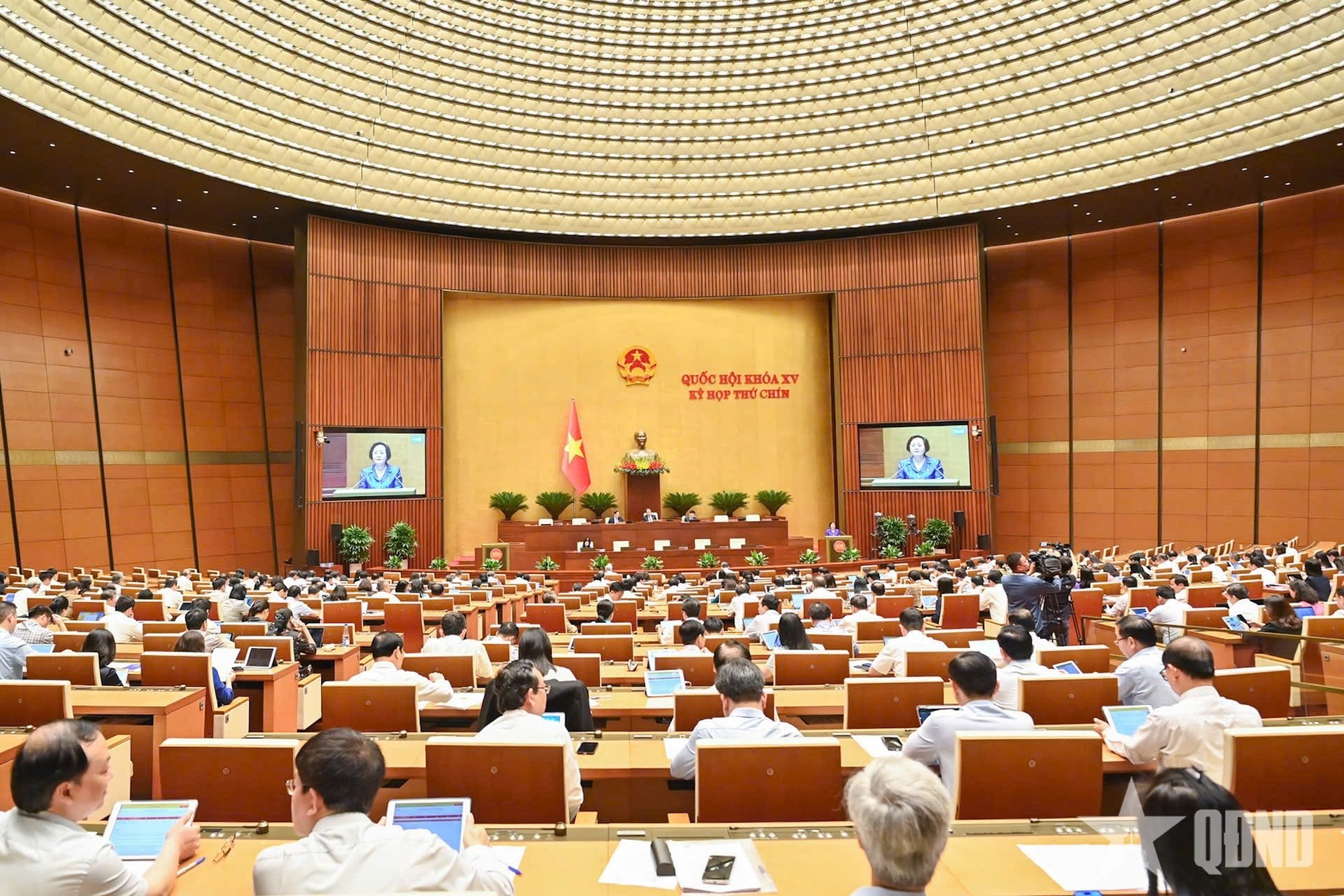 |
| Scene of the working session on the morning of June 11. Photo: TRONG HAI |
Specifically, strictly implementing Resolution No. 60-NQ/TW dated April 12, 2025 of the 11th Conference of the 13th Party Central Committee; based on the principles and regulations in Resolution No. 76/2025/UBTVQH15, on the basis of the current situation and development orientation of 63 provinces and cities nationwide, the Government has developed 23 reorganization plans for 52 provincial-level administrative units to form 23 new provincial-level administrative units. There are 11 provincial-level administrative units that have not been reorganized.
Specifically as follows:
(1) Merge Ha Giang province and Tuyen Quang province into a new province called Tuyen Quang province, the political and administrative center is located in the current Tuyen Quang province.
(2) Merge Yen Bai province and Lao Cai province into a new province called Lao Cai province, with the political and administrative center located in the current Yen Bai province.
(3) Merge Bac Kan province and Thai Nguyen province into a new province, called Thai Nguyen province, with the political and administrative center located in the current Thai Nguyen province.
(4) Merge Vinh Phuc province, Hoa Binh province and Phu Tho province into a new province called Phu Tho province, with the political and administrative center located in the current Phu Tho province.
(5) Merge Bac Giang province and Bac Ninh province into a new province called Bac Ninh province, with the political and administrative center located in the current Bac Giang province.
(6) Merge Thai Binh province and Hung Yen province into a new province called Hung Yen province, with the political and administrative center located in the current Hung Yen province.
(7) Merge Hai Duong province and Hai Phong city into a new city called Hai Phong city, the political and administrative center is located in the current Hai Phong city.
(8) Merge Ha Nam province, Ninh Binh province and Nam Dinh province into a new province called Ninh Binh province, with the political and administrative center located in the current Ninh Binh province.
(9) Merge Quang Binh province and Quang Tri province into a new province called Quang Tri province, with the political and administrative center located in the current Quang Binh province.
(10) Merge Quang Nam province and Da Nang city into a new city called Da Nang city, with the political and administrative center located in the current Da Nang city.
(11) Merge Kon Tum province and Quang Ngai province into a new province called Quang Ngai province, with the political and administrative center located in the current Quang Ngai province.
(12) Merge Gia Lai province and Binh Dinh province into a new province called Gia Lai province, with the political and administrative center located in the current Binh Dinh province.
(13) Merge Ninh Thuan province and Khanh Hoa province into a new province called Khanh Hoa province, with the political and administrative center located in the current Khanh Hoa province.
(14) Merge Lam Dong province, Dak Nong province and Binh Thuan province into a new province called Lam Dong province, with the political and administrative center located in the current Lam Dong province.
(15) Merge Dak Lak province and Phu Yen province into a new province called Dak Lak province, with the political and administrative center located in the current Dak Lak province.
(16) Merge Ba Ria - Vung Tau province, Binh Duong province and Ho Chi Minh City into a new city called Ho Chi Minh City, with the political and administrative center located in the current Ho Chi Minh City.
(17) Merge Dong Nai province and Binh Phuoc province into a new province called Dong Nai province, with the political and administrative center located in the current Dong Nai province.
(18) Merge Tay Ninh province and Long An province into a new province called Tay Ninh province, with the political and administrative center located in the current Long An province.
(19) Merge Can Tho city, Soc Trang province and Hau Giang province into a new city called Can Tho city, with the political and administrative center located in the current Can Tho city.
(20) Merge Ben Tre province, Vinh Long province and Tra Vinh province into a new province called Vinh Long province, with the political and administrative center located in the current Vinh Long province.
(21) Merge Tien Giang province and Dong Thap province into a new province called Dong Thap province, with the political and administrative center located in the current Tien Giang province.
(22) Merge Bac Lieu province and Ca Mau province into a new province called Ca Mau province, with the political and administrative center located in the current Ca Mau province.
(23) Merge An Giang province and Kien Giang province into a new province called An Giang province, with the political and administrative center located in the current Kien Giang province.
As a result of the arrangement, the whole country has 34 provincial-level administrative units, including 6 centrally-run cities and 28 provinces.
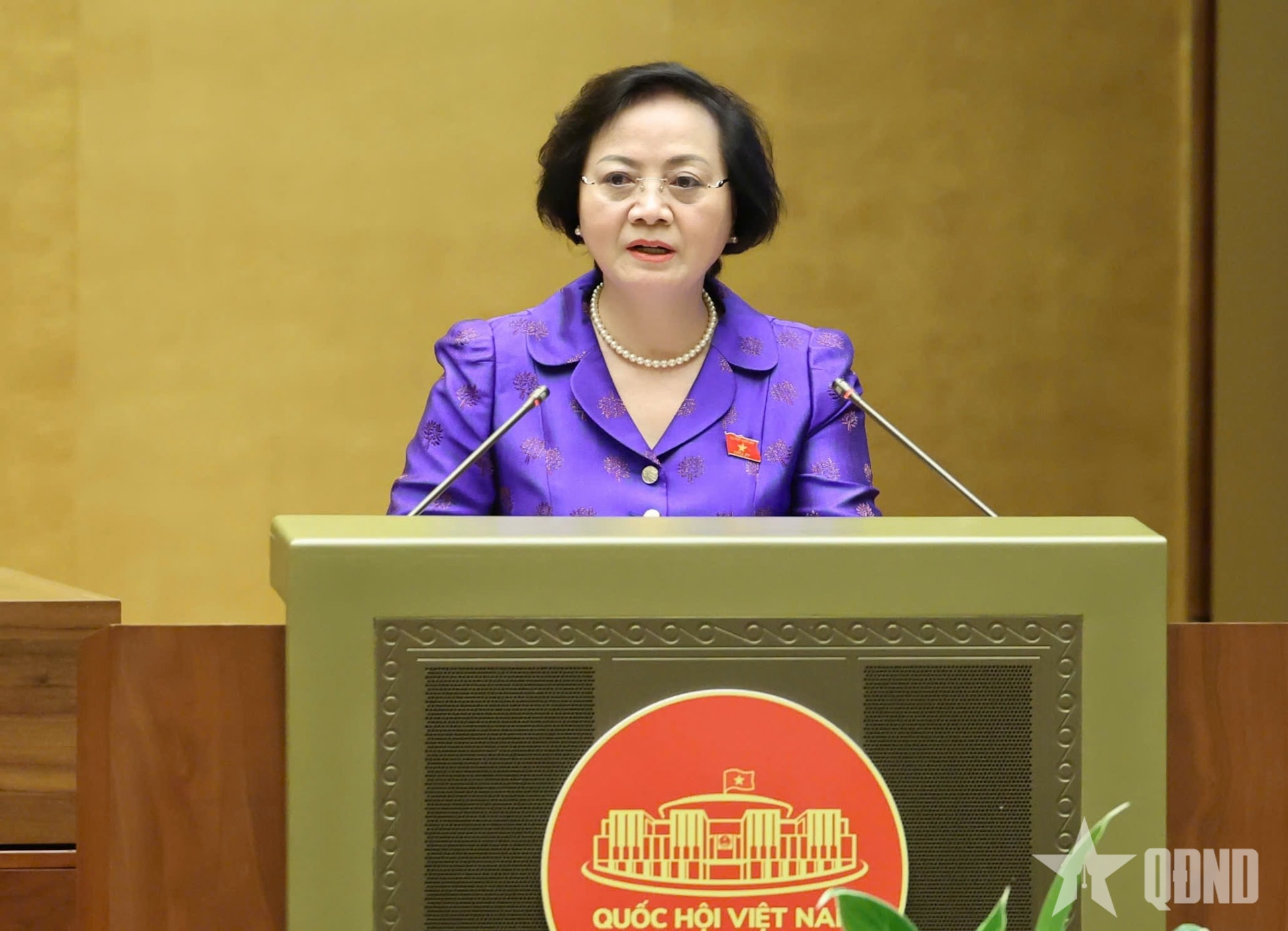 |
| Minister of Home Affairs Pham Thi Thanh Tra reports at the meeting. Photo: TRONG HAI |
According to the synthesis from localities, after reviewing and agreeing on the calculation of data according to the opinion of the Committee on Law and Justice, the total number of cadres, civil servants and public employees according to the assigned norms of provincial agencies, organizations and units in 52 provinces and cities implementing the arrangement is 447,657 people (including: 2,321 cadres, 79,118 civil servants, 366,218 public employees).
According to the data reported by localities: The total number of provincial-level public headquarters of 52 provinces and cities that have been rearranged is 38,182; 33,956 headquarters continue to be used; 4,226 headquarters are surplus.
The proposed Resolution takes effect from the date it is voted on and passed by the National Assembly.
Representative of the inspection agency, Chairman of the National Assembly 's Committee on Law and Justice Hoang Thanh Tung said that the Committee agreed with the plans to arrange provinces and centrally-run cities in 2025 as shown in the Project and found that the plans to arrange provincial-level administrative units proposed by the Government closely followed and ensured compliance with the instructions and orientations of competent authorities.
The Committee on Law and Justice found that the arrangement of provincial-level administrative units is a completely correct policy, demonstrating wisdom and high political determination in implementing the revolution of streamlining the organizational apparatus, arranging administrative units on an unprecedented scale on the basis of suitability with the level of development, management capacity and requirements for expanding development space, combined with adjusting the economic structure, allocating and combining resources to create a long-term stable foundation and resilience for the country according to strategic and long-term goals and visions in the new era.
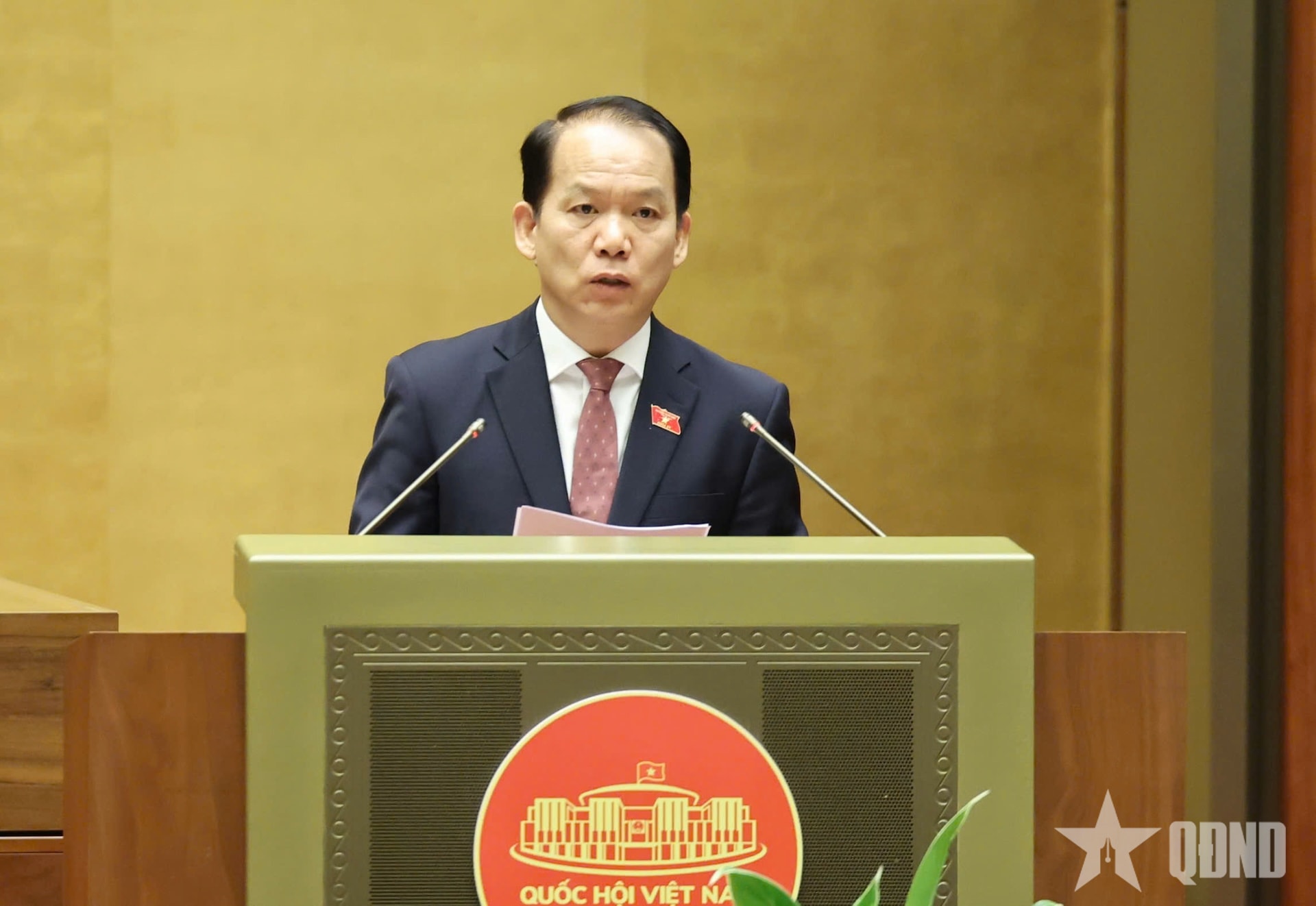 |
| Chairman of the National Assembly's Committee on Law and Justice Hoang Thanh Tung presents the inspection report. Photo: TRONG HAI |
Mr. Hoang Thanh Tung said that regarding the draft Resolution of the National Assembly, the Government proposed that the draft Resolution take effect from July 1, 2025. However, the Committee on Law and Justice proposed that the Resolution take effect from the date of approval by the National Assembly to create a legal basis for localities to carry out the handover work, prepare necessary conditions, and ensure that local authorities in administrative units formed after the reorganization can soon officially start operating according to the general plan of the Central Government (possibly from July 1, 2025).
VU DUNG
* Please visit the Politics section to see related news and articles.
Source: https://baodaknong.vn/quoc-hoi-xem-xet-ve-viec-sap-xep-don-vi-hanh-chinh-cap-tinh-nam-2025-255226.html




























































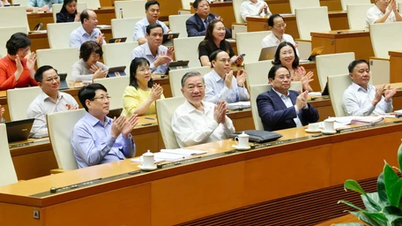












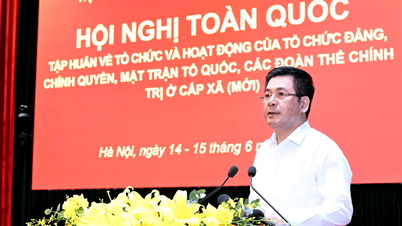




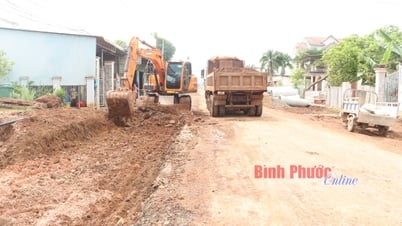

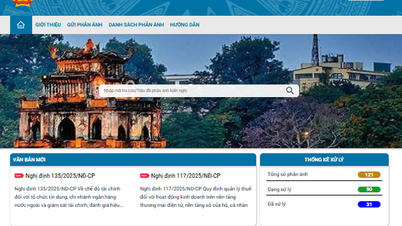















Comment (0)